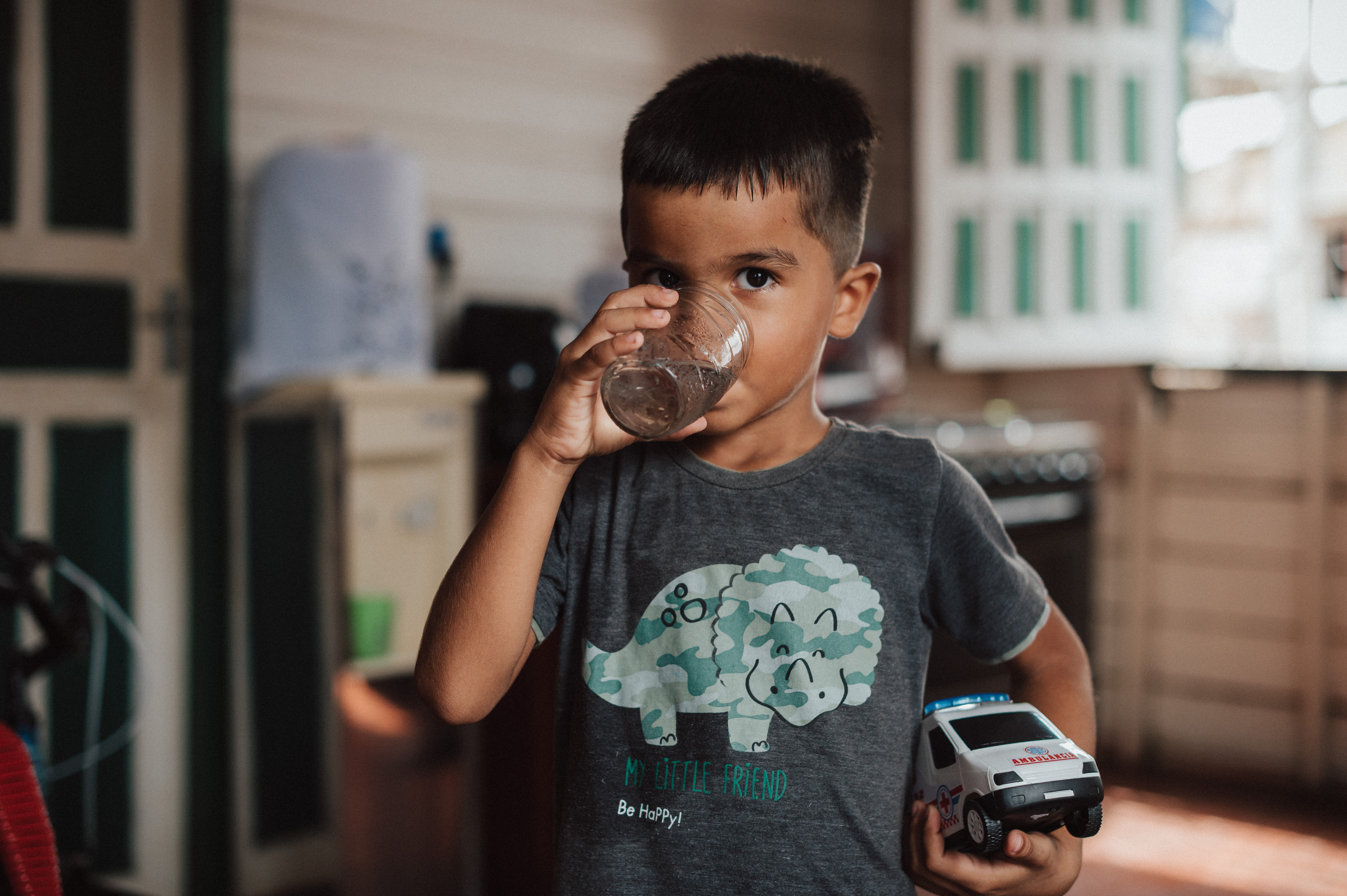

Description
ORDINANCE GM/MS No. 888/2021 amends Annex XX of Consolidation Ordinance GM/MS No. 5, of September 28, 2017, to provide for the procedures for controlling and monitoring the quality of drinking water and its potability standard.
Criteria 10/11
- ACCESSIBILITY
- ALIGNMENT WITH SDG 1,3,4,6 AND/OR 11
- RACE AND GENDER ISSUES
- ATTENTION TO CHILDREN AND ADOLESCENTS
- LOW COST
- SOCIAL DIFFUSION
- ADMINISTRATIVE EFFICIENCY
- ADHERENCE AND CONTINUITY AT LOCAL LEVEL
- WASH INITIATIVE
- CLIMATE RESILIENCE
- SUSTAINABILITY
The ordinance should guide the surveillance guidelines for the state and municipal health secretariats, as well as direct and influence actions of the Secretariat of Indigenous Health (SESAI) and Funasa.
State and municipal managers
National
Indefinite
The ordinance clearly presents the specific attributions of each entity involved with water surveillance in its respective sphere, thus it provides for the general attributions and competences of the federal entities of the Federal Government, the States, the Federal District and the Municipalities. It subsequently describes the competencies of the Health Surveillance Secretariat (SVS/MS), the Secretariat of Indigenous Health (SESAI/MS), the National Health Foundation (FUNASA), the National Health Surveillance Agency (Anvisa) and the State Health Secretariats, the Municipal Health Secretariats and the Federal District.
As a strategy for disseminating monitoring data, the ordinance points to the mandatory use of SISÁGUA to make publicly available data and information about drinking water.
The Ministries of Health, Justice, Cities, Environment and Climate Change, and state, municipal, the Federal District and Territories authorities will be responsible for monitoring and adopting the necessary measures to comply with the provisions of Decree 888/2021.
Chapter VI - “SAMPLING PLANS FOR THE CONTROL OF WATER QUALITY FOR HUMAN CONSUMPTION” of the ordinance states the following:
Art. 42 Those responsible for Water Supply Systems and Collective Alternative Sollutions must analyze at least one biannual sample of raw water at each collection point with a view to preventive risk management.